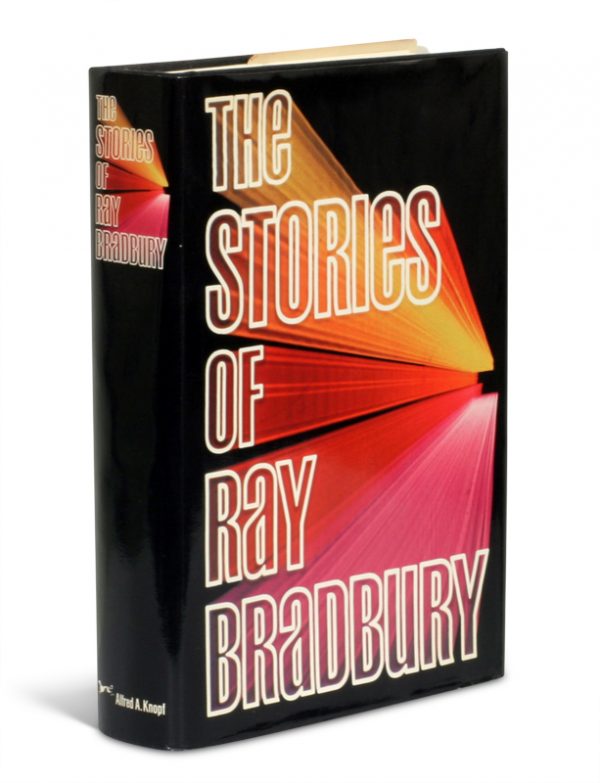

He then rewrote it extensively for inclusion in The October Country (1955). Mix all these elements together-illness, confinement, a cherished visitor, Halloween, Poe, death-and you have the ingredients for a story much like “The Emissary.”īradbury originally wrote “The Emissary” for his first book, Dark Carnival (1947) and then revised it in 1951 for publication in the short-lived literary journal New-Story. When Bradbury had been isolated in bed with whooping cough for three months, Neva visited and read to him the stories of Edgar Allan Poe.

Ray long cherished her childhood gift of a volume of fairy tales called Once Upon a Time-his first book of fantasy-and he was allowed access to her idiosyncratically stocked bookcase, which included the works of such authors as Edgar Rice Burroughs and L. If I could have chosen my birthday, Halloween would be it.” An artist-designer who studied at the Chicago Art Institute, Neva Bradbury introduced her nephew to gothic and fantastical writings. “All the worlds of art and imagination flowed to me through Neva,” Bradbury recalled in 1964, “but especially she put me in touch with October Country, a year packed into a single month, a special climate which I still delight in. “Why, then,” Skip responded, “you’ll be Halloween. “Then, everything set and placed and ready, you run out late from house to house to make certain-sure that each boy-ghost remembers, that each girl-become-witch will be there.” The big night arrived. Let’s make plans.” She drove him and his brother, Skip, around the countryside to collect pumpkins, corn sheaves, and other decorations to embellish their grandparents’ house for the upcoming festivities. Sometime around October 20, he recalls in his essay, she said to Ray, “It’s coming fast. Ray Bradbury was eight years old that year, and his beloved Aunt Neva, 19 years old and recently graduated from high school, owned a Model-A Ford. Everything that was grandest came to a special climax that autumn.” “1928 was one of the prime Halloween years. “Halloweens I have always considered wilder and richer and more important than even Christmas morn,” Ray Bradbury wrote in an article for the October 1975 issue of Reader’s Digest. This drawing is of Landseer’s oil painting The Poor Dog (1829). After Sir Edwin Landseer, a collection of 23 lithographs published by George Rowney and Co., 1879. Two classic story collections, along with 27 additional short storiesĪ plate from Studies in Two Crayons. “ 1950s Pulp Comic Adaptations of Ray Bradbury Stories To Be Republished” ( Open Culture) “ Ray Bradbury’s Guide to Throwing the Best Halloween Party” (Ari Bachechi, American Writers Museum)


 0 kommentar(er)
0 kommentar(er)
